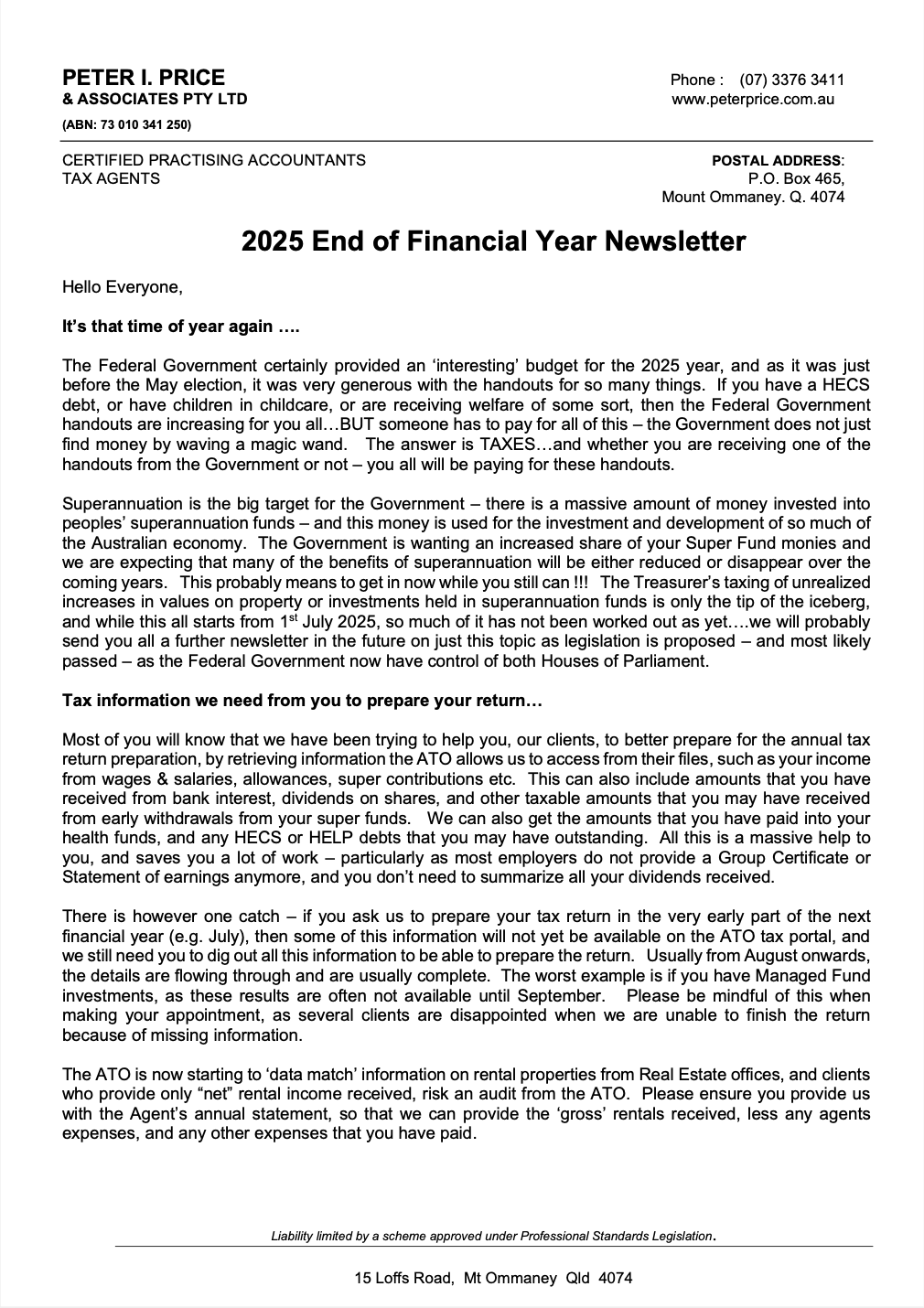Restructuring Family Businesses: From Partnership to Limited Company

.
In Short
- Restructuring a family business from a partnership to a limited company provides enhanced liability protection by creating a separate legal entity and limiting shareholders’ exposure.
- The process involves legal and structural changes, including asset transfers, contract novations and the establishment of a governed share capital structure reflecting family ownership intentions.
- It also offers the opportunity to introduce formal governance, clear employment and remuneration arrangements, and succession planning to support future growth and stability.
Tips for Businesses
Review your partnership structure early if your business is growing. Set up the new company, formalise contracts and transfers, then implement clear roles, employment terms and governance policies so your family business evolves smoothly and safely.
------
As these enterprises grow and mature, the original partnership structure that served them well in the early stages may no longer be the most optimal. The transition from a partnership to a limited company represents a significant milestone in a family business’ journey, offering enhanced protection, improved governance, and greater flexibility for future growth. This article outlines how the restructuring process can yield benefits for families seeking to preserve their family-owned business.
The Case for Restructuring
Limited Liability Protection
The most compelling reason for restructuring from a partnership to a limited company lies in addressing the fundamental liability disadvantages of partnerships. In a partnership structure, each partner bears unlimited personal liability for all business debts and obligations, regardless of their level of involvement in creating those liabilities. This means that if one partner makes a poor decision or enters into an unprofitable contract, all partners’ personal assets, including family homes, savings, and investments, remain at risk.
This unlimited liability extends beyond just business debts. Partners can be held personally responsible for the professional negligence or wrongful acts of other partners, creating a situation where one family member’s mistakes can devastate the entire family’s financial security. The ‘joint and several liability’ principle means creditors can pursue any partner for the full amount owed, not just their proportionate share.
Converting to a limited company creates a separate legal entity, generally limiting shareholders’ liability to their investment in the company, meaning that personal assets remain protected from business creditors. This protection becomes increasingly important as family businesses grow and face greater commercial risks.
What Restructuring May Involve
Legal and Structural Changes
The restructuring process typically begins with incorporating a new company and transferring business assets, contracts and operations into that new company. This involves preparing comprehensive constitutional documents that will govern the company’s operations and establishing share structures that reflect family ownership intentions while ensuring compliance with the Corporations Act 2001 (Cth) (Corporations Act).
Legal documentation must address the dissolution of the existing partnership through:
- formal partnership dissolution agreements; or
- transfer of business registrations, including:
- ABN and industry-specific licences; and
- novation of key contracts with suppliers, customers and landlords.
Many contracts contain change of control clauses that may be triggered during restructuring, requiring careful negotiation and consideration to maintain business continuity and avoid breach.
The incorporation process also involves determining the company’s share capital structure. Generally, family members hold ordinary shares in the restructured company, which provide equal rights to dividends and voting.
However, the structure may be tailored to accommodate varying family member roles and interests, such as different proportions of ordinary shares reflecting their contributions or involvement levels, or, in some cases, different classes of shares where specific arrangements are needed.
Asset Transfer
The asset transfer process requires a detailed inventory of all business assets, including:
- tangible assets such as equipment, inventory, and property; and
- intangible assets such as customer lists, proprietary systems, and the business’ reputation.
Central to the restructuring process is the preparation of a comprehensive asset sale agreement between the partnership and the new company. This agreement formally documents the transfer of all business assets, liabilities and operations from the partnership to the company structure.
The asset sale agreement must specify exactly which assets are:
- being transferred;
- their agreed-upon values;
- any assumed liabilities; and
- the consideration being provided.
This document serves as the legal foundation for the restructuring and must address warranties and representations about the condition and ownership of assets, indemnities for pre-transfer liabilities, and completion conditions that must be satisfied before the transfer occurs.
The agreement should also cover:
- the transfer of contracts;
- intellectual property rights; and
- business licences to ensure seamless continuity of operations.
Debt obligations must also be carefully transferred or novated to the new company structure. This may involve obtaining consent from lenders and potentially providing new security arrangements. Some debts may remain with individual partners if lenders are unwilling to release personal guarantees, requiring ongoing management of these continuing obligations.
Corporate Governance Framework Implementation
The transition presents an opportunity to establish formal governance structures that partnerships often lack. This includes:
- establishing board structures with clearly defined roles and responsibilities;
- implementing proper financial reporting systems that meet corporate compliance requirements; and
- creating documented decision-making processes.
Many families use this transition to introduce independent directors or establish advisory boards, bringing external expertise and objective perspectives to business decisions. The governance framework should also include formal policies regarding conflicts of interest, related-party transactions, and family employment policies.
Meeting procedures must be established, including requirements for board meetings, annual general meetings and proper minute-taking. These formal processes, while initially seeming bureaucratic to families accustomed to informal partnership decisions, ultimately provide clarity and protection for all family members.
Employment and Remuneration Restructuring
Family members who were partners must transition to employee or director roles within the company structure. This requires developing new employment contracts that clearly define roles, responsibilities, reporting lines and performance expectations. The informal arrangements that may have worked in partnerships need to be formalised to meet employment law requirements.
Remuneration packages must be restructured to separate ownership returns from employment compensation. This might involve establishing salary packages for working family members, director fees for board participation and separate dividend policies for ownership returns. Superannuation obligations must also be addressed, as company employees require proper superannuation arrangements in place.
The restructuring process often reveals the need for more explicit role definitions and succession planning. Job descriptions, performance management systems, and career development paths may need to be established for the first time, particularly for younger family members entering the business.
Key Takeaways
Restructuring from a partnership to a limited company represents a natural evolution for growing family businesses. It offers significant advantages in liability protection, governance structures, and operational flexibility. While the process involves complex legal, financial and interpersonal considerations, the benefits typically far outweigh the challenges for established family enterprises.
Matthew Ling, Lawyer
legalvision
legalvision.com.au

